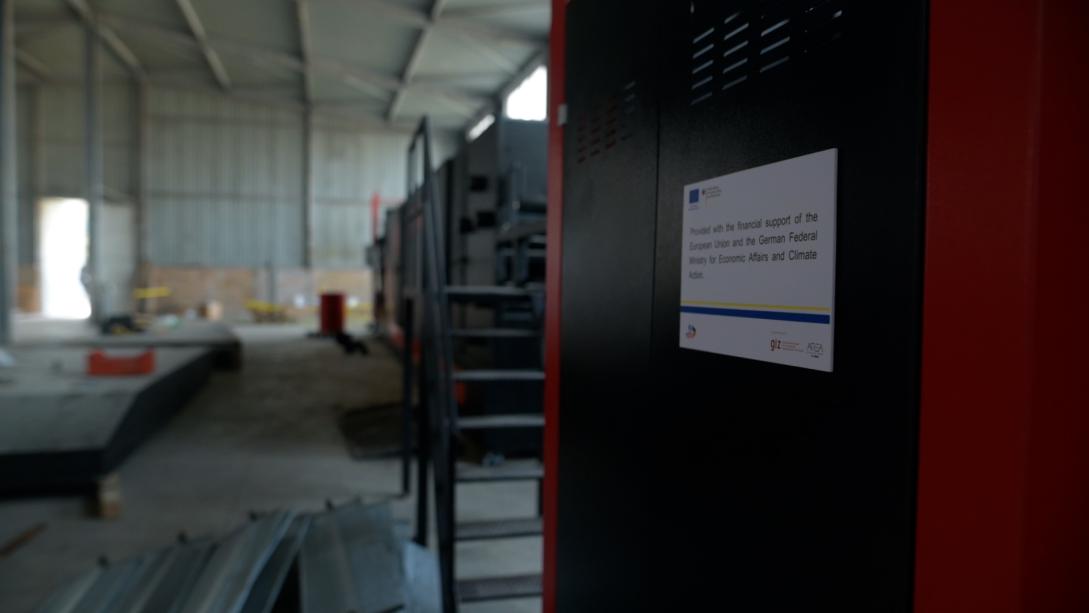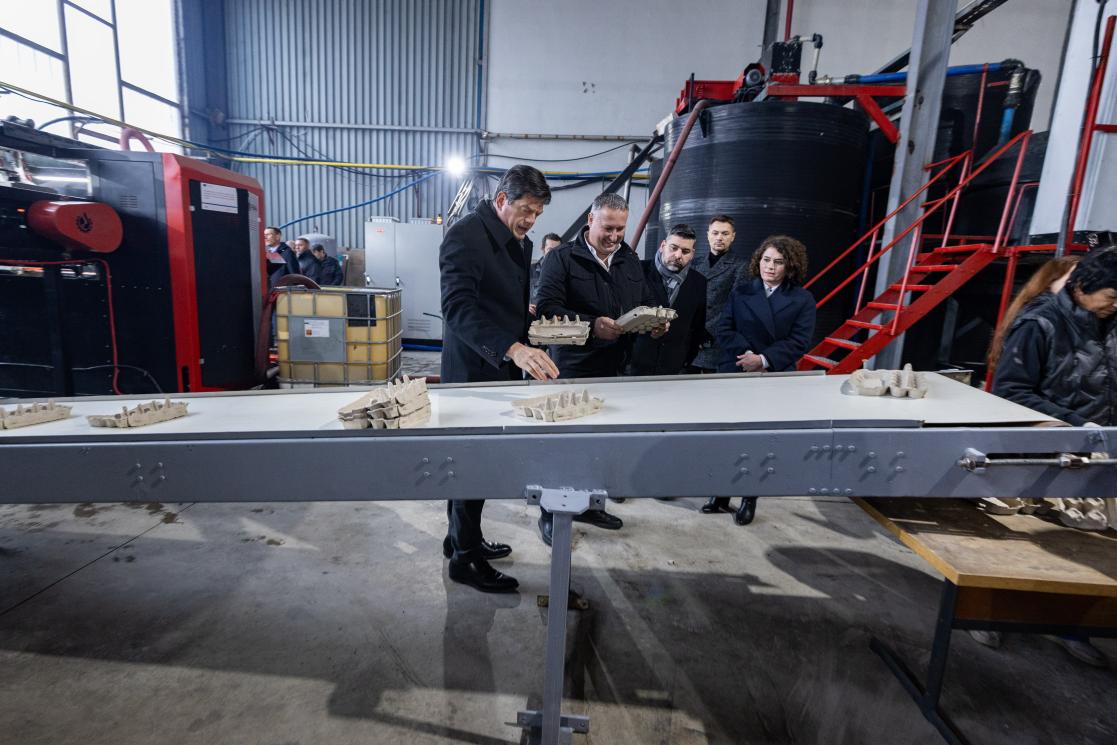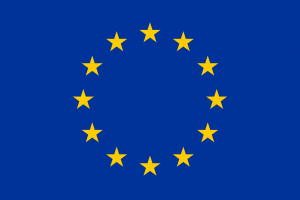Waste turned into products: EU helps a paper recycling company boost green practices

Samples of egg treys in different sizes sit at the office desk of Kumanovo’s entrepreneur Oliver Tasevski. They are a result of a process that starts with collection of paper and cardboard waste (which will otherwise end up in dumpsites), continues with making pulp of it, and ends with using the pulp as raw material for production of the treys.
“Recycled paper products are ‘in’ in the EU with polystyrene and plastic packaging being removed from use. They are our future”, says Tasevski.
His company MIT Group is one of the beneficiaries of the EU assistance programme for micro, small and medium-sized enterprises in North Macedonia, implemented by Deutsche Gesellschaft für Internationale Zusammenarbeit GmbH (GIZ). The programme, titled ‘EU for Economic Growth’, helps companies become more productive and competitive with minimal impact on the environment – which is the basis of the European Green Deal.
The EU helped MIT Group with 254,000 euros to procure new, more sophisticated equipment. Thus the company almost doubled its capacity to process paper waste (from three to over five tons a day) and produce industrial packaging. All this while saving on electricity and reducing CO2 emissions from production.
“With our initial technology, we could produce only egg treys. With the new machine, we can expand the production also with other types of packaging, such as (coffee/juice) cup holders or products for the footwear industry”, says Tasevski.
The increased production led to more employments (to 18, of whom half are women), including from vulnerable social groups. One of the objectives of MIT Group is to set up a system for collection, transport and treatment of paper waste – for that purpose, they placed special containers in front of the supermarkets in Kumanovo.
EU Ambassador Michalis Rokas has visited MIT Group as a good example of how the EU assistance can be used for coming closer to sustainable economy as a shared goal.

EUD
This is basically the objective of the entire ‘EU for Economic Growth’ programme. With a total of 4.19 million euros, it helped in ‘greening’ the economic activity of 25 micro, small and medium-sized enterprises from different parts of the country - by supporting the introduction of new technologies or the installation of photovoltaic panels. This effort is expected to reduce the yearly emission of CO2 in the country by 11,000 tons. This equals the yearly CO2 emission from 2,300 cars – which is important for a country that struggles with poor air quality for much of the year.





